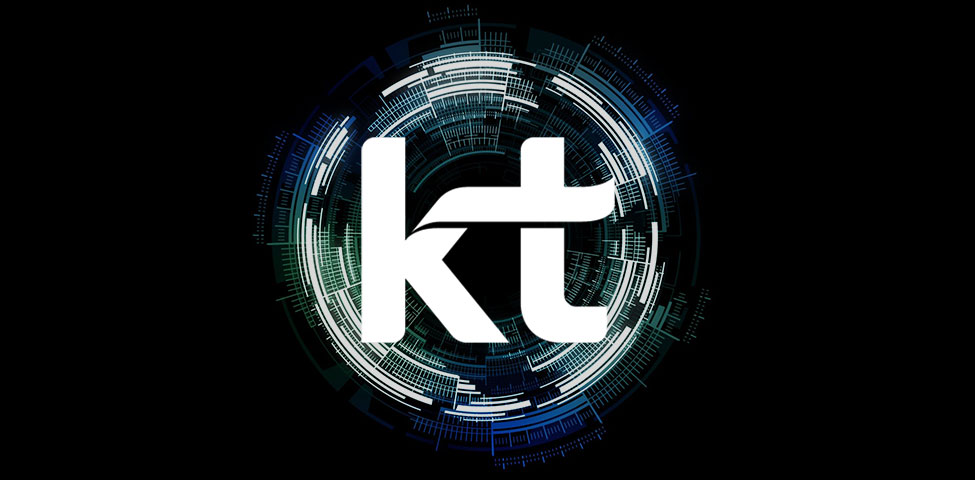Unharnessing the potential of AI for complex network management in the 5G era
Providing super-speed, hyper-connected communication services such as IoT, Cloud, and 5G, telcos need to deploy additional network equipment annually, but such deployment can increase the complexity of their network structure. One of the biggest concerns in this situation is the potential increase for network failure as networks evolve. In the case of general network failure, the network management system (NMS) collects relevant alarms, and dozens of network operation experts examine the system to identify the cause of the failure. To deal with the complexity of network failures, telcos around the world, such as KT hire many network specialists or engineers. However, as the demand for network specialists increases, it becomes more challenging to find highly trained network professionals who have multi-faceted talents.
For this reason, KT developed and introduced Dr Lauren, the world’s first AI RCA (Root Cause Analysis) solution, in 2018. KT launched the Dr Lauren project to deal with current issues for network management. The ultimate project goal was to create an autonomous AI network specialist that mimics human operational skills. In the event of a network failure, Dr Lauren can quickly identify the root cause and location of the failure, then provide complete recovery or maintenance actions for human network operators to maintain the reliability and stability of KT’s wired and wireless network services.
Dr Lauren solution
Dr Lauren is an AI-based network failure RCA solution that minimises network failure time and enhances customer experience. Dr Lauren reduces the need for manual troubleshooting and automates the failure resolution process for the extensive transport and mobile networks.
Most network failover systems exploit indirect information such as traffic volume or data transmission speed to estimate the root cause of a network failure. Dr Lauren’s differentiated advantages, however, are to use direct alarm data from network equipment of various vendors and to analyse it with a proprietary AI analysis engine to identify the precise root cause.
While global telcos and vendors are pursuing similar AI network management strategies and promoting business internally, most are relying on a cooperation model with SI (System Integration) companies. SI companies focus on algorithms identifying simple trends based on network transmission speed, the number of specific alerts and other numerical data. In contrast, Dr Lauren combines rule-based failure analysis logic based on direct alert standards from equipment by numerous vendors with deep-learning in an optimised fashion to achieve extremely fast fault processing speed.
For additional details about the case study, read here.
The GSM Association (“Association”) makes no representation, warranty or undertaking (express or implied) with respect to and does not accept any responsibility for, and hereby disclaims liability for the accuracy or completeness or timeliness of the information contained in this document.


